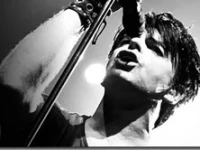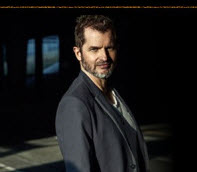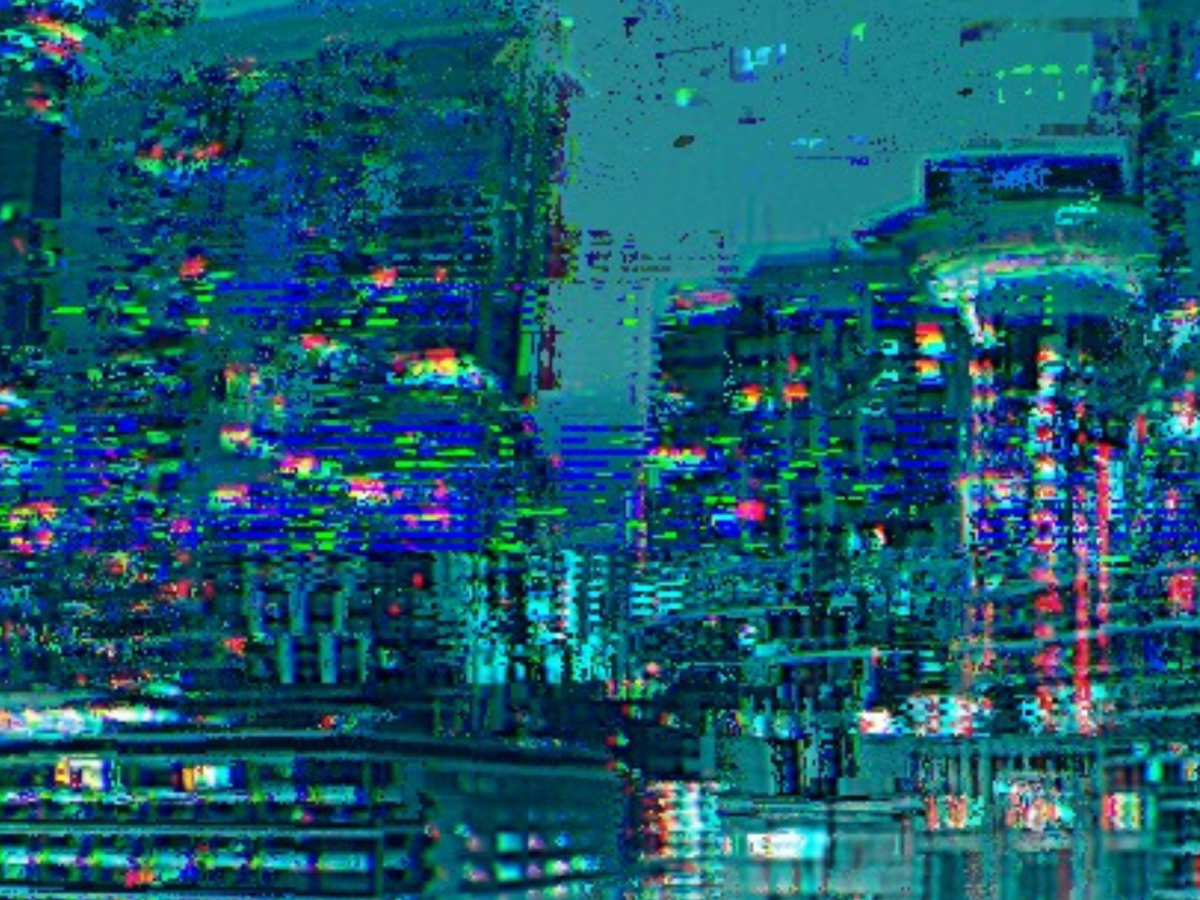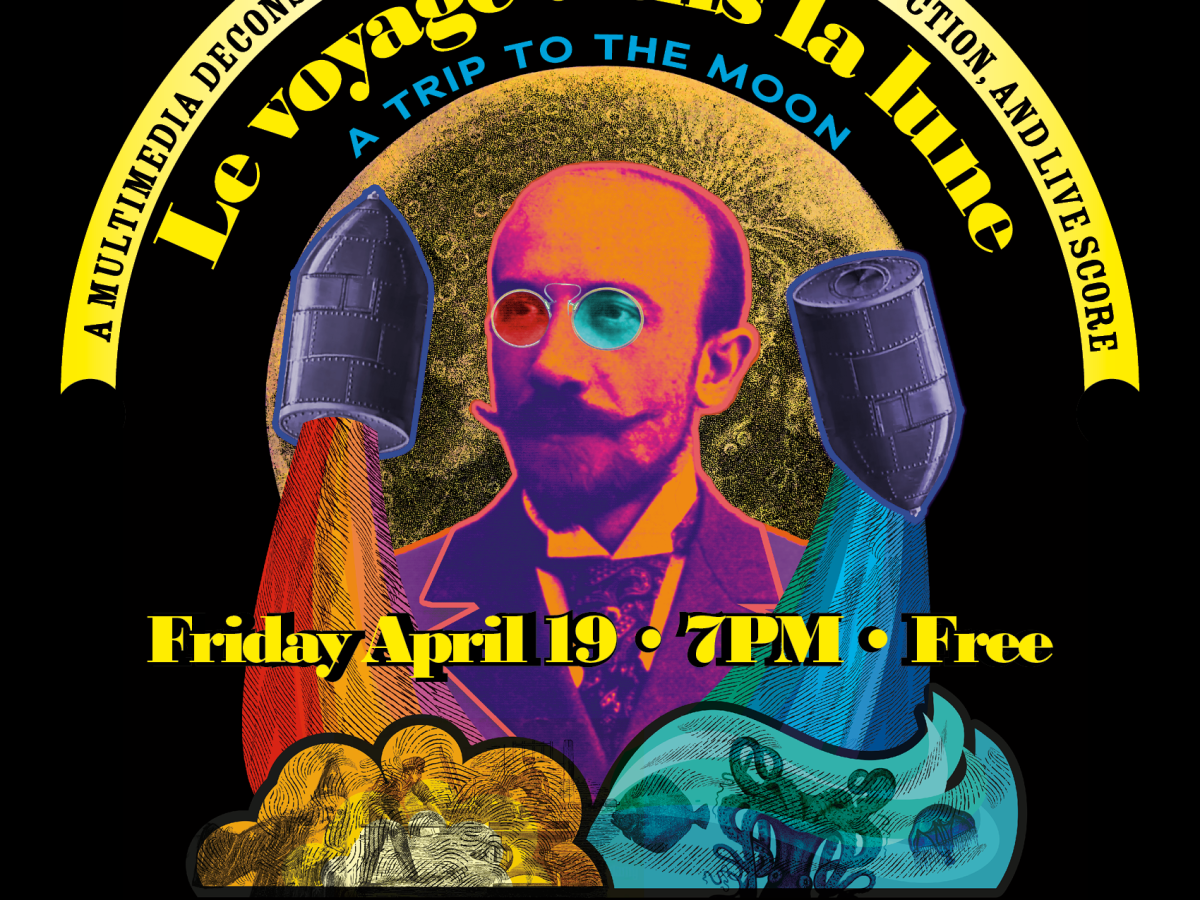 I put in some extra rehearsal time this weekend in preparation for the March 17th show at the Art Institute of California/Sunnyvale . I’ll be performing songs from I HEAR YOUR SIGNALS, and some new songs which I’m considering for my next album. I’m also working on getting some songs from my previous album REBOOT to my live set and wanted to share some notes on implementing my song “Alone”.
I put in some extra rehearsal time this weekend in preparation for the March 17th show at the Art Institute of California/Sunnyvale . I’ll be performing songs from I HEAR YOUR SIGNALS, and some new songs which I’m considering for my next album. I’m also working on getting some songs from my previous album REBOOT to my live set and wanted to share some notes on implementing my song “Alone”.
First off, here is the album version of the track:
http://player.soundcloud.com/player.swf?url=http%3A%2F%2Fapi.soundcloud.com%2Ftracks%2F1612110
Alone by MarkMosher
As you can hear, “Alone” is the emotional bottom of the story in REBOOT and is the only track on the album without a drum groove. This being the case I wanted to come up with some sort performance that would provide contrast to the other songs in the set. Back in September I came up with the idea of attempting to play all the lead melody and ambient noises solely from Percussa AudioCubes. I’ve decided to push-on with this idea and perform the song this way. Here are the behind-the-scenes notes and a rehearsal video.
Goal  I normally configure my AudioCubes so there is 1 “Sensor” cube for controlling effects, 2 “Receiver” cubes for sending MIDI notes to Ableton Live to trigger clips, scenes, parameter settings…, and 1 cube as a “Sender” to trigger to the Receiver cubes.
I normally configure my AudioCubes so there is 1 “Sensor” cube for controlling effects, 2 “Receiver” cubes for sending MIDI notes to Ableton Live to trigger clips, scenes, parameter settings…, and 1 cube as a “Sender” to trigger to the Receiver cubes.
For “Alone” I wanted to use each cube face to play a different note according to a predefined user scale that matched the notes in the song. AudioCubes can detect objects in one of two ways –Wirelessly (“Sender”/”Receiver” pairs), or through infrared (cube set to Sensor mode). In sensor mode, an object’s (hand, other cube, cat…) proximity to cube face is detected with infrared. Since I want to use my hand to trigger the note Sensor mode is the way to go.
Solution: Using Sensor Mode to Play Notes
While the Sensor mode is normally used to send MIDI Continuous Controller (CC) values from 0-127 to control parameters on synths and your DAW, there are also options to send MIDI Notes based on minimum sensor thresholds.
Implementation: Configuring AudioCube Function in MIDIBridge
Modes and settings for each cube are configured in the free app Percussa MIDIBridge. Click the image below to see a large version of the screenshot which illustrates how I configured individuals notes for Cube 1. 
You can also see that even though I’ve set note triggering via the threshold, proximity to each cube face will case the LED intensity to respond according to the normal response curve and with a different color for each face. I continue this method with Cubes 2 & 3 to program the rest of the notes.
Calibration
Like a Theremin, AudioCubes running in Sensor mode need to be calibrated. It’s not because they are analog, but instead to take into account the amount of ambient and infrared signal in the “control zone”. The screen shot above also shows how you can tweak gain to adjust for room – and of course you could experiment with “Threshold” as well. The darker the room the better fro the this particular method.
Virtual Ports, Ableton Live and Novaton Launchpad
In my rig, MIDIBridge talks through virtual MIDI ports (Midi Yoke) to Ableton Live. Live is playing some minimal original background tracks from the original album offering me a frame of reference for my performance. The signals from the AudioCubes are routed to various virtual instruments such as Camel Audio Alchemy, Absynth 5, and Sonic Charge Synplant. I assigned buttons on the Novation Launchpad to select and arm tracks (sometimes multiple tracks) so I can swap instruments out from under the cubes without having to load another MIDIBridge Patch.
The End Result: “Alone” Rehearsal Video
I shot this video back in September when I first figured all this out. I’m now actively rehearsing it and hope to add it to the show soon. The key to playing this song is to play just behind the pocket to give the notes more emotional tension. The AudioCubes are plenty sensitive enough to achieve this and the visual feedback not only helps the audience connect with the performance, but actually helps me with timing. As a musician, I really like the flow and feeling of the movement as well.
I shot this in 720p so if you have the bandwidth watch full screen at that resolution. I also captured audio right from my sound card so listen with good headphones or on a good sound system :^ ).
Mark Mosher
Electronic Music Artist, Boulder, CO
www.ModulateThis.com
www.MarkMosherMusic.com





















Leave a Comment